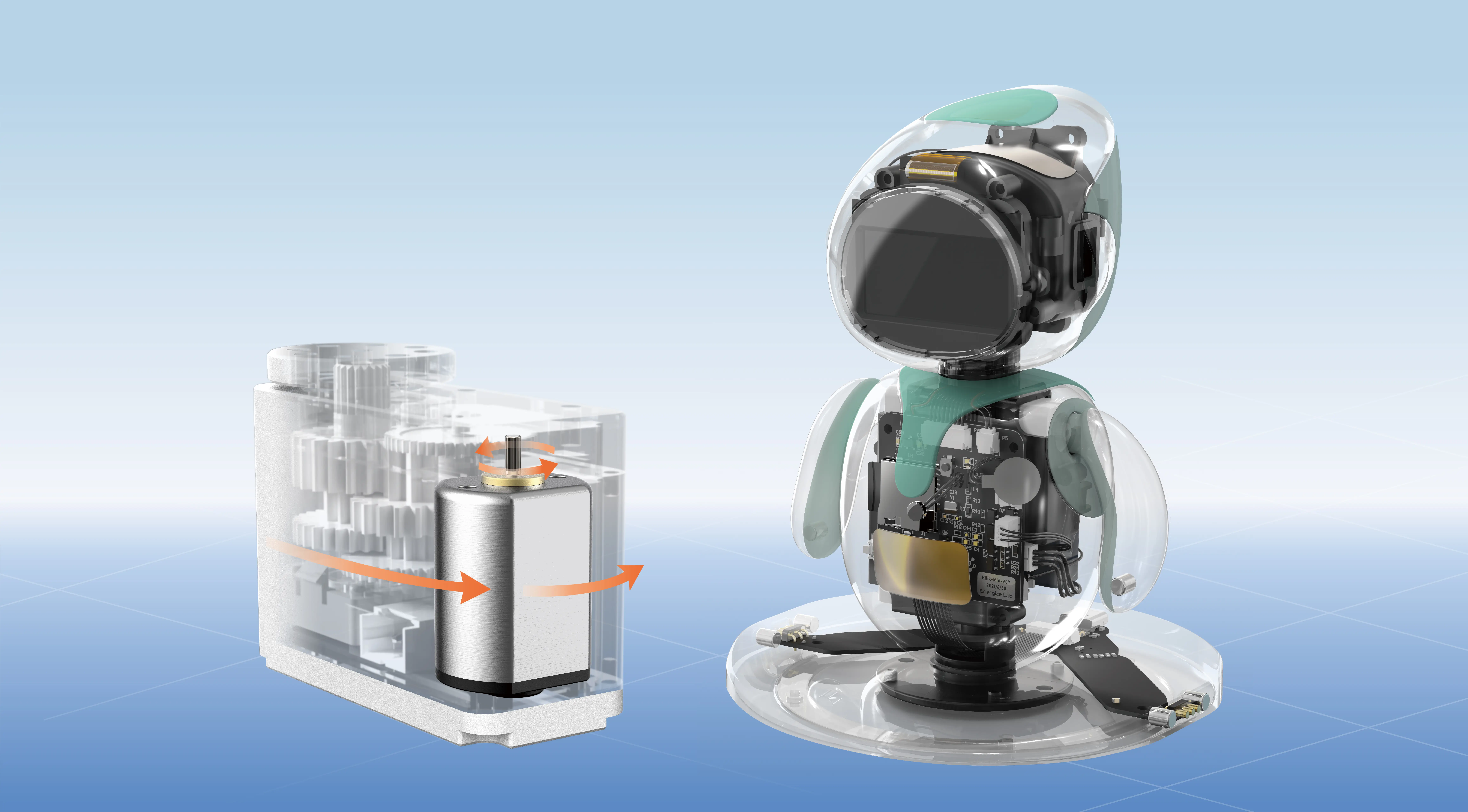Unraveling Power and Precision: The Ultimate Guide to Worm Gear Boxes with Motors
Imagine a world where machinery operates seamlessly, with movements so precise that even the finest tasks are executed effortlessly. Behind many of these marvels of engineering lies an unsung hero — the worm gear box with a motor. This compact yet powerful component has become a cornerstone in various industries, enabling everything from conveyor systems to elevators, and even robotic arms to heavy-duty winches.

What Is a Worm Gear Box with Motor?
At its core, a worm gear box is a type of gear reducer that uses a worm (a screw-like gear) and a worm wheel (a gear wheel) to transfer motion and torque. When paired with a motor, it forms a complete drive system capable of high torque output, excellent speed reduction, and reliable performance.
The worm gear box's hallmark is its unique design — the worm meshes with the worm wheel at a right angle, creating a compact and efficient mechanism. When the motor drives the worm, it turns the worm wheel, translating rotational movement into a controlled, precise motion.
The Building Blocks: Components of a Worm Gear Box
Worm (Screw): This is the driving element, typically made of hardened steel or bronze for durability. Its screw-like thread engages with the worm wheel, converting rotational motion into mechanical advantage.
Worm Wheel: Also called the gear wheel, usually made of bronze or a similar material. It meshes with the worm's screw thread, translating the worm's rotation into the output shaft's movement.
Housing: The structure houses the worm and the wheel. It's often made of aluminum or cast iron for strength and heat dissipation.
Input Shaft and Motor: The motor is attached to the input shaft, providing the rotational force that drives the worm.
Output Shaft: The part connected to the machinery or mechanism being powered, which provides the controlled movement.
Key Features of Worm Gear Boxes with Motors
High Gear Ratios: Worm gearboxes can achieve gear reduction ratios up to 100:1 or higher, providing significant torque multiplication.
Self-Locking Capability: Due to the sliding contact and friction, worm gearboxes often are self-locking, meaning they can hold a position without back-driving.
Compact Design: Their vertical, parallel configuration makes them ideal where space is limited.
Smooth and Quiet Operation: The sliding contact and low noise nature make these gearboxes suitable for applications requiring quiet operation.
Applications: Where Are Worm Gear Boxes Found?
These gearboxes with motors are versatile and adaptable, which is why they find their way into so many sectors:
Conveyor Systems: Ensuring precise movement and positioning. Lifts and Elevators: Providing safe, controlled lifting. Automated Industrial Equipment: Powering robotic arms and assembly lines. Material Handling: Moving heavy loads with minimal space. Agricultural Machinery: Assisting with controlled mechanisms. Marine and Offshore Equipment: Managing winches and steering systems.
Advantages Over Other Gear Types
Worm gearboxes offer a host of benefits that make them stand out:
High Reducer Ratios in a Small Package: Their design allows for significant reduction in speed and increase in torque without requiring large gear sets.
Self-Locking Features: This can enhance safety by preventing unintended back-driving, especially in lifting applications.
Smooth, Quiet Operation: Ideal for uses where noise reduction is important.
Cost-Effective and Easy to Maintain: Their simple design results in fewer moving parts, decreasing maintenance costs.
Design Considerations and Material Selection
Selecting the right worm gear box involves understanding the requirements of your application:
Load and Torque Needs: Ensuring the gearbox can handle the operational stresses. Speed Reduction Ratio: Choosing an appropriate ratio to balance speed and torque. Material Compatibility: Balancing durability, weight, and cost; for example, bronze worm wheels are common for their wear resistance.
The Role of the Motor
The motor's selection influences the performance and efficiency of the whole system. Key considerations include:
Type of Motor: AC, DC, stepper, or servo motors, depending on control needs. Power and Torque Ratings: Ensuring the motor can provide sufficient torque without overloading. Speed Control Capabilities: Facilitating precise movements and automation.
Established in 2005, Kpower has been dedicated to a professional compact motion unit manufacturer, headquartered in Dongguan, Guangdong Province, China.




































